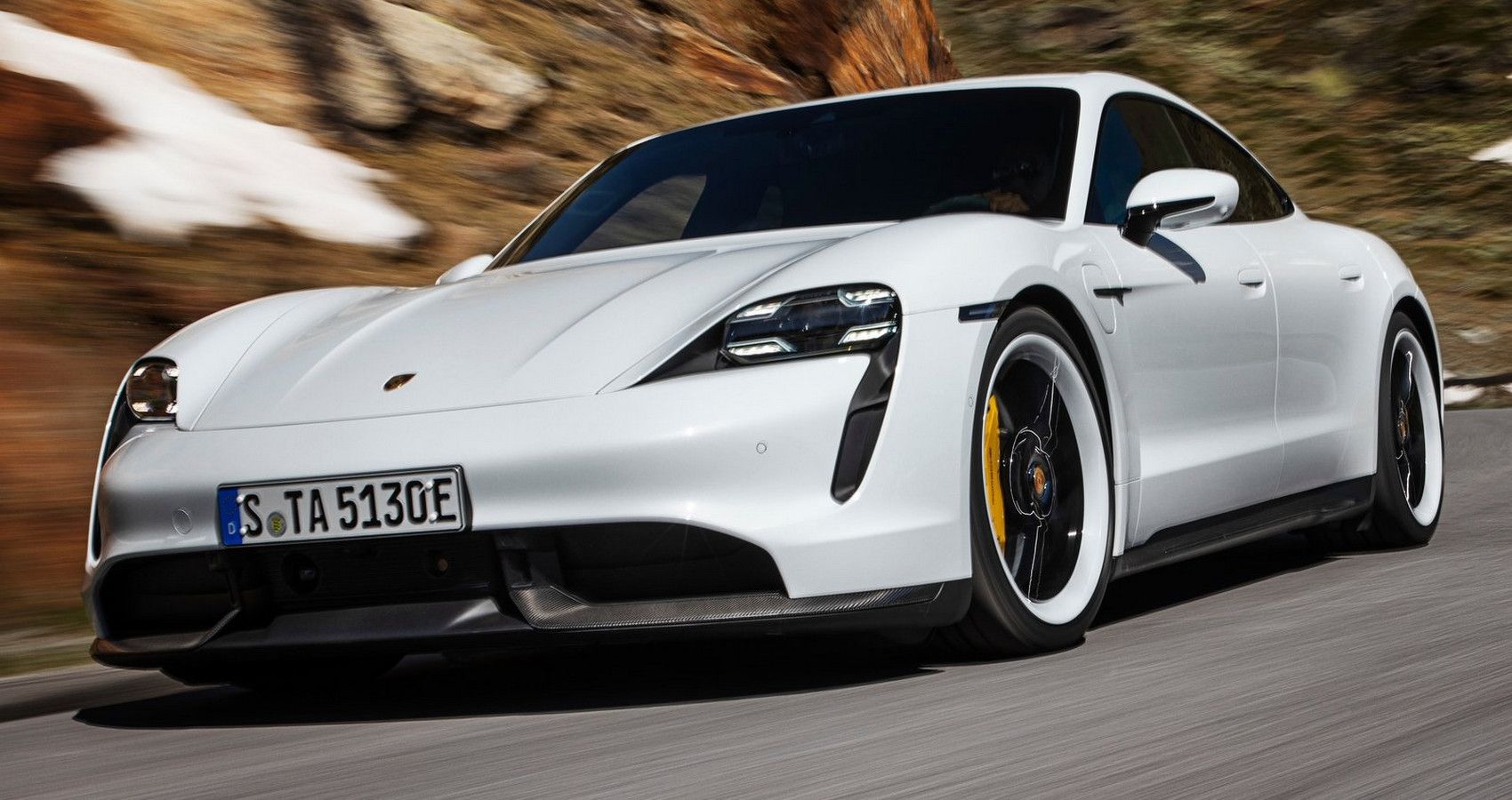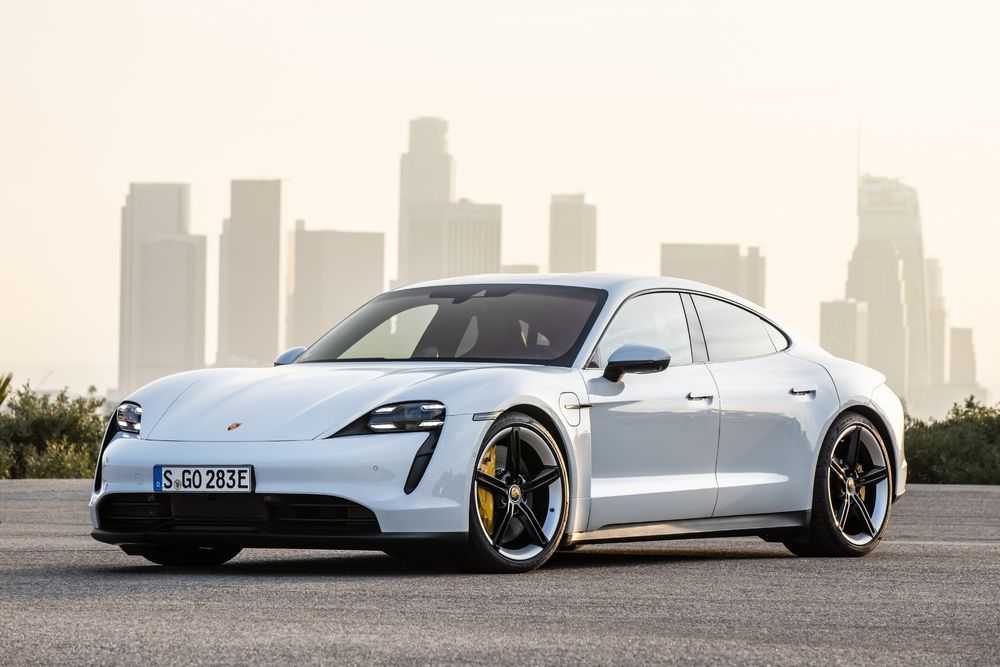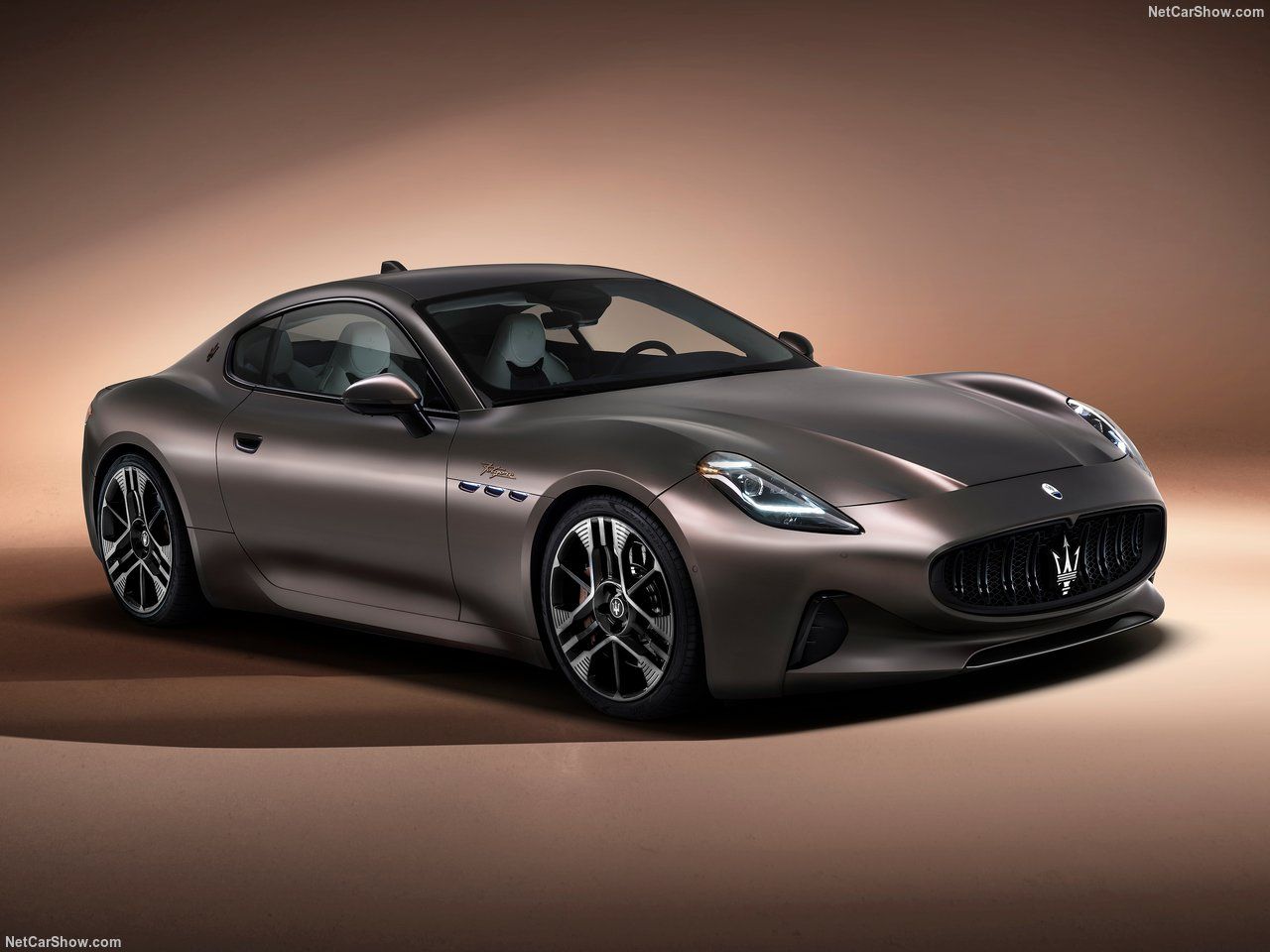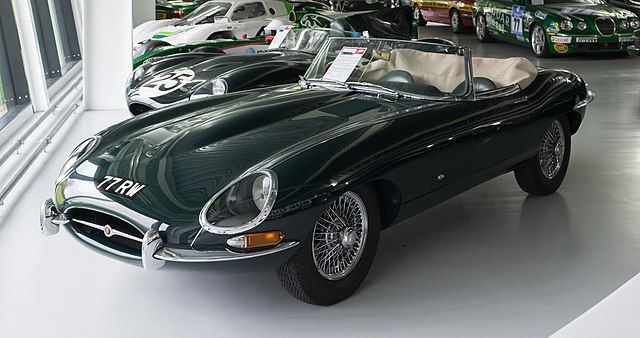You just need to look at the cars of today to know designers are becoming a little lost. In this transitional period from combustion to electric power, cars powered by the former are losing their edge. BMW’s have grilles like the Grand Canyon, Audi’s have hectic, confusing exteriors, and the whole Mercedes range is as copy-pasted as a last-minute high school assignment. Of course, there are exceptions, the new Porsche 911 GT3 looks incredible and of course the Ferrari Roma is stunning. But, if you look at 2022 electric cars, despite the never-before-seen powertrain consequences, their styling is showing glimmers of innovative and interesting promise inside and out.
Electric cars inherently have an empty front end, which not only provides a very handy “frunk,” but also promotes very clean and simple design. As an example, Porsche has the gasoline-powered 2022 Cayenne, 2023 Macan, Cayman sports car and world-class 911. If we line all these models up, there is a clear design language which is creeping its way into each of them as they receive a facelift. Their grilles look stretched and forced open, and this distortion occurs on hundreds of other cars in a desperate attempt to fill the space at the front. Designers have no other ideas and have completely forgotten what clean and simple design is.
Electric Car Design Is Not All Bad
However, there is one exception in the Porsche range — the electric Taycan. The Taycan uses a sequel to the 911-fired-egg headlights, but with bulbs and dividers inside that create a similar look to that on the intricate 918 Spyder. This is a modern and clean design that doesn’t use a sheer quantity of elements, instead organizing a small amount of them attractively. The reduced grille is a stroke of detail rather than a central part of the design, as there is no engine to cool.
The Taycan uses a McLaren-esque curvy panel instead, with some air intakes below. This positive design has come thanks to the Taycan’s lack of engine disregarding a need for cooling, and thanks to Porsche’s efficient decision to not add something that wasn’t needed. On combustion cars there is a need to cool the engine and the only way is with openings like grilles and vents. Electric cars, on the other hand, remove this pressure and are an opening for purer designs. The few air intakes that are present on the Taycan provide a bit of detail and fill in space on the front of the wheel arch effectively, but still allow you to see the fantastic lines of the car.
This beautiful simplicity gets compounded by the issue of range, which requires upmost aero efficiency. To squeeze the most miles from their motors, electric cars must slice through the air with as little resistance as possible. The best way to achieve this is aerodynamic shapes like the wedge and teardrop, which ease the air over the bodywork like butter. Such shapes are used on supercars across the globe, but they were always deemed a bit extreme for your usual daily drivers. Due to cost and weight issues, the average car cannot afford to keep using bigger and bigger batteries, so the best way to extract range is to make the everyday cars an aero masterpiece.
Design Issues Of Electric Cars
It’s not all good news though, as the weight of an electric car dampens their styling as well as their driving dynamics, something which is perfectly shown by the new Maserati GranTurismo. In car design, there are three key lines: the wade line, the haunch line and the beam line. The wade line stems from where the top surface of the car melts into the sides, and forms the floor of the car’s design. The haunch line is an imaginary stroke connecting the tops of the front and rear wheel arches. To our eyes, this line essentially creates the ceiling of the car. The final one is the beam line, which sprouts from the top of the headlights. The area between the beam and haunch line is the focal point for any car’s design.
Thanks to their bulky, space-consuming powertrains, EVs have to sacrifice the implementation of these stylistic lines by moving them upwards. This makes most electric cars look particularly bloated. To try to solve this, the wade line gets moved upwards which, upon first glance, covers the cracks, but upon a deeper inspection, fails to totally hide the sheer mass of most EVs. On the new GranTurismo, the focal point is at about the height of the mirrors and the wade line is hardly under the door handle which incredibly high, particularly for a sports car.
Electric Cars Provide A Positive Future
So, it begs the question, would we rather have large but impeccably clean designs or more compact shapes that look like scribbles on wheels? Just look at the gorgeous Jaguar E-Type, a car that despite its age still looks like an elegant, sporty convertible. Would you prefer it to sit higher or to have a myriad bolt-on bits and bodywork like a sieve?
It’s apparent that despite their increase in mass, electric cars are a positive future, taking car design in an old-school design direction, one guided by curves not creases, untouched surfaces and an admirable simplicity.




